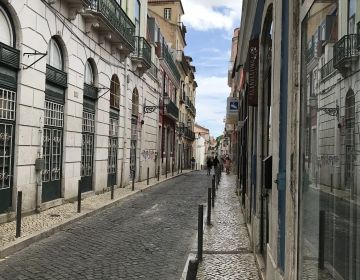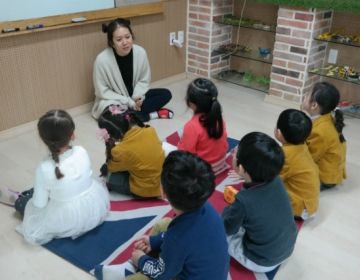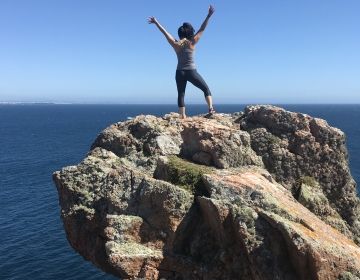Teaching,Turkeys, and Travels
Hello All,
I am now two-thirds of the way finished with my time in Portugal – six weeks down, three weeks to go. I’ve greatly enjoyed the program, and am very appreciative of the way the teachers have worked to involve me in lesson plans and make sure I am well taken care of. In addition to my regularly scheduled 12 volunteer hours, I have three hours a week with a Portuguese tutor, and I regularly visit high school classrooms to show them the presentation on American history and culture that I mentioned in my earlier posts. It keeps me busy, and I feel like I am growing from the experience while making useful contributions. That said, I think I will be ready to get back to the US when the time comes. I travelled for several weeks before arriving in Portugal, so all together, I will have spent three months in Europe by the time I get back to America.
In my last post, I mentioned that I was planning several lessons on Thanksgiving. The teachers have been enthusiastic about the opportunity for their students to learn about American practices and customs, and as Thanksgiving is so important, it was a no-brainer for me to include some material on the holiday. For the older kids, this meant a powerpoint presentation and vocabulary exercises. For the younger kids, this meant an arts and crafts activity that every eight-year-old American is a pro at – hand turkeys! In order to demonstrate for my classes, I made my first hand turkey in probably 15 years or so. Below, you’ll find my hand turkey and the work of my first grade class. You will know which one is mine, because it takes up most of the page.
Outside of the classroom, I have continued to travel on the weekends. I only work Monday through Thursday, which means I have Friday through Sunday free. The best part about visiting Europe is how close together everything is. Before coming to Portugal, I visited six other European countries, and since arriving, I have travelled to Spain and the Netherlands.
Last week, I visited Santiago de Compostela, the capital of Spain’s unique northwestern region of Galicia. Santiago de Compostela is famous for being the end point of the Camino de Santiago, an ancient pilgrimage that is today a major tourist attraction. Numerous walking paths converge on Santiago de Compostela from as far away as Switzerland, culminating at the famous cathedral that is believed to be the burial place of Saint James, one of Jesus’ 12 apostles. Today, the city’s medieval architecture style remains, but Santiago de Compostela is a bustling, active university town. I found “hipster” (to use an American term) coffee shops and bars with poetry readings and live music, and posters with activist political messages were in numerous shop and apartment windows. This made the city a fascinating contrast of old and new.
This past weekend, I took Thursday off work and flew to Amsterdam for a long weekend. The city lived up to its world-famous reputation. I immediately noticed the city's the unique infrastructure, as I saw far more people walking, biking, or riding trams than driving cars. The city’s famous canal belt is post-card ready, as are the houses that line it, and there is no shortage of things to do. I visited the Van Gogh Museum, took a guided boat tour of the canals, and went to a tasting of Dutch cheeses. It was a full two days in a beautiful and unique city.
I suppose the takeaway from this blog post is this: If you teach abroad with CIEE, you'll have a great experience getting to know the country you teach in. But if you're lucky, you may get to experience other new and exciting places too!
Related Posts
Some Ups And Downs Of Teaching Abroad
Making the move overseas wasn’t a tough decision. I have lived far from home before and I’m someone that craves change. People would ask me about my concerns not knowing... keep reading
Teaching In Portugal VS Teaching In South Korea
Before I moved to Portugal for the three month volunteer teach Program, I was in South Korea completeling my one year contract as a teacher there. So I’ve done, or... keep reading
How Much To Save For Three Months In Portugal
It’s clear that making fat stacks of cash isn’t your goal if you have your eyes set on the volunteer teacher program in Portugal. You’re looking for an experience, maybe... keep reading


